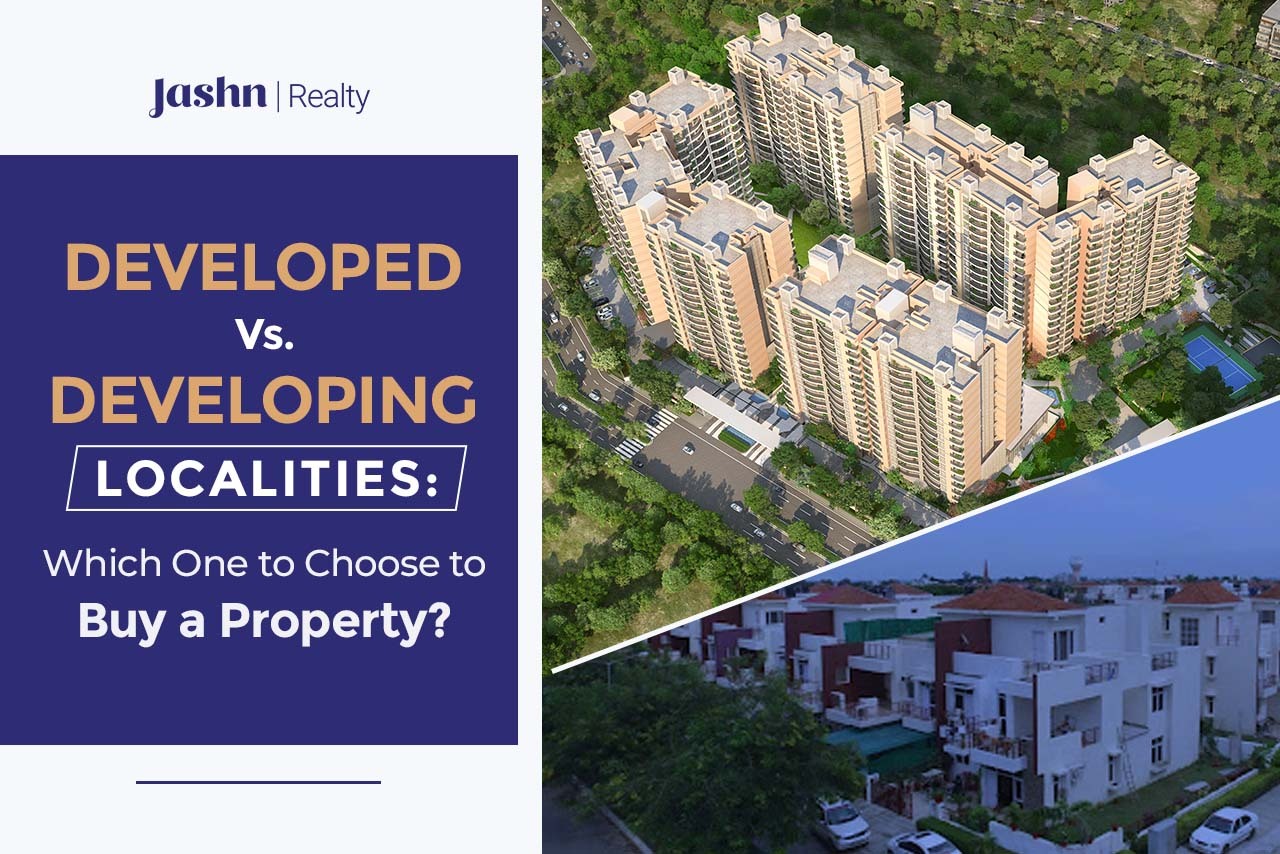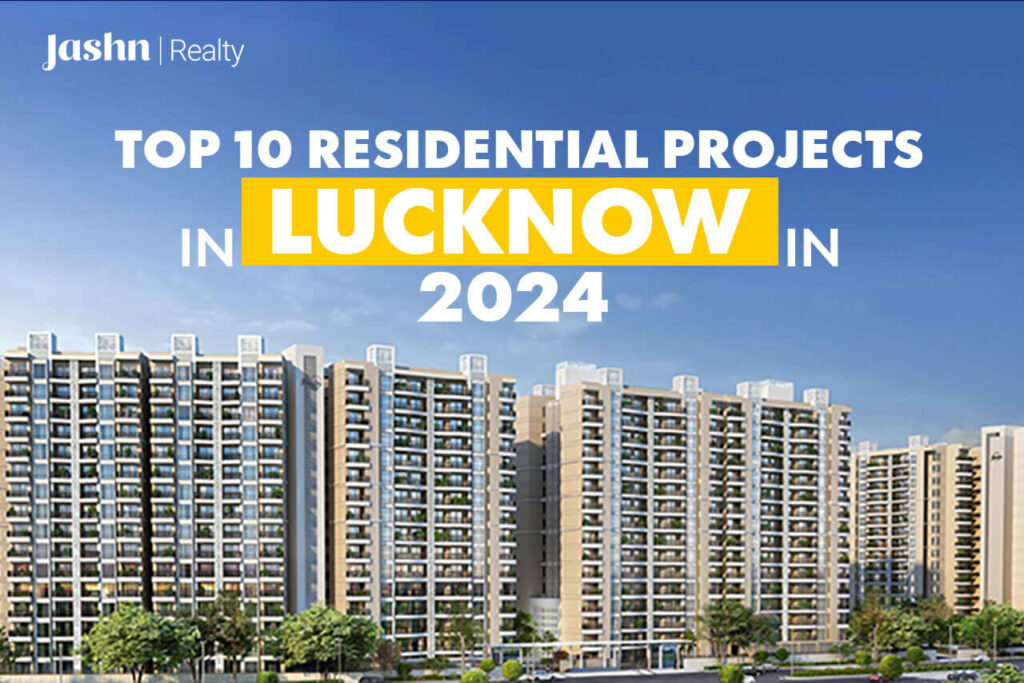When planning to buy a home in Lucknow or any part of India, many factors come into play. One of them is deciding between a developed and developing location. The location selection decides the quality of your life, including your daily commute to and from your office or home.
The confusion arises when choosing a developed or developing location. If you need help deciding between the two, let us help you.
Developed vs. developing locations
Let’s understand the both terms one by one and explore the differences between them.
What is a developed locality?
A developed location or locality refers to an area with a well-established infrastructure. Such areas have a mature real estate market and all the modern amenities, such as public transport, schools, parks, hospitals, shopping centres, community centres, and more.
What are the factors and benefits associated with a developed locality?
Limited land area:
Since the developed locations have every amenity built around them, there is only a limited share of land supply for buyers. This adds to the land cost of that area. Also, the area has less green surface, leading to surface-heating issues and over-crowded places.
Well-established amenities:
As said earlier, when you buy a residential flat in Lucknow or anywhere else in a developed location, you get all the amenities. Such locations have well-maintained roads, hospitals, schools, shopping centres, and other amenities. They also have a well-established neighbourhood, offering all the facilities to its residents.
Pre-built infrastructure:
Areas that have already been developed, feature a well-established setup. This is beneficial for homebuyers looking for all sorts of amenities. But one thing homebuyers need to keep in mind that the prices may go higher given the well-established infrastructure.
Higher cost:
Developed areas have robust connectivity and infrastructure, and there is a higher demand for housing segments. This results in higher property costs; even small and old properties are more expensive.
Slower property value gains:
Although the developed localities have low risks, investing in properties in such areas may result in slower gains. So, you get moderate returns on your property investments here.
What is a developing locality?
A developing locality refers to an area that is under development. It undergoes development work in segments like business, housing, and industry. Such areas have schools, transport, hospitals, roads, and other amenities in a developing phase.
Space availability:
Developing localities have more space as compared to developed areas. This keeps a check on the property prices. Due to land availability, the demand may be sluggish, contributing to its low rates.
Latest infrastructure growth:
Authorities, including the local municipality, play a crucial role in accelerating the development of infrastructure in a developing area. Check whether they are proactive or delaying the project. Long delays may impact investment opportunities.
Future connectivity nodes:
Closeness to airports or metro stations may be beneficial for you. It may lead to wise investment decisions. Study and research the future connectivity nodes and invest accordingly.
Price appreciation:
Developing areas have higher chances of price appreciation. You can buy a house at affordable rates, but given the development rates, your investment will double in the coming years.
Latest project launch:
Developing areas attract real estate developers to offer residential and commercial projects. This leads to affordable options in both the segments for investors. Some companies providing pre-launch property investments can lure customers for the best bargains.
Conclusion
When it comes to real estate investment, there is no one-size-fits-all option. The same is applicable to developed and developing properties. Always consider your investment plans, preferred locations, and amenities to finalise your dream home. If you need well-established amenities, you can go for a developed location. However, if you’re looking for an affordable option with growth potential, you can opt for a developing area.



